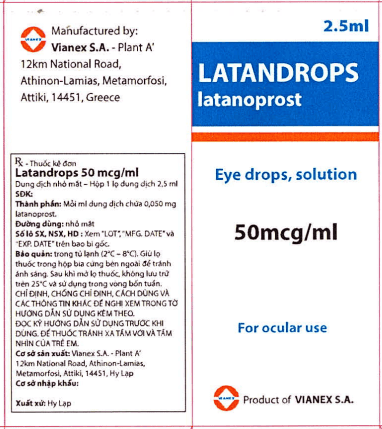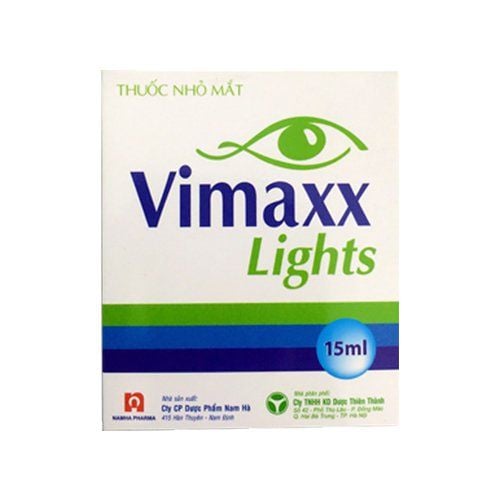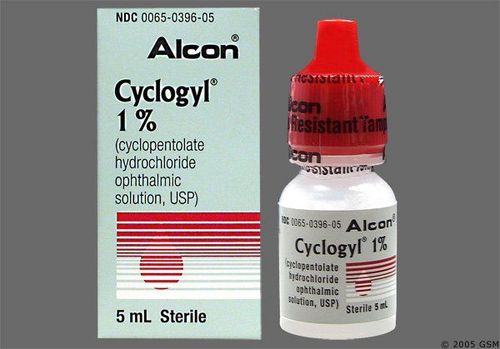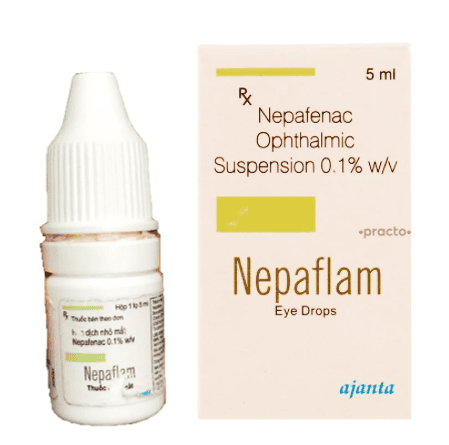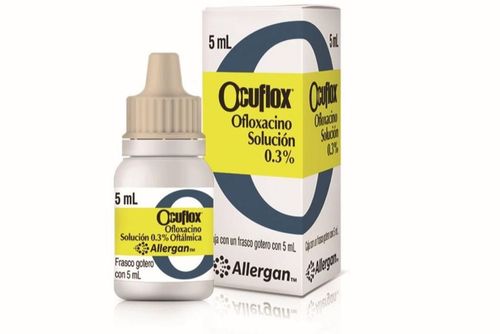This is an automatically translated article.
Periorbital cellulitis in children is an infection of the tissue around the eye. It can be caused by an infection from a wound or previous injury. The treatment of periorbital cellulitis is simple and effective with antibiotics, but appropriate treatment is required to avoid serious complications affecting the child's vision.
1. What is periorbital cellulitis?
Periocular cellulitis (also called anterior cellulitis) is a serious but treatable infection of the eyelids and tissues surrounding the eyeball. It usually affects only one eye and does not move to the other eye. It is most common in children under 6 years of age.
In addition, a more severe form of periorbital cellulitis is orbital cellulitis. Both of these conditions refer to inflammation and infection of the tissue and skin around the eyes. These are serious infections that involve the eye and the structures around the eye.
Periocular cellulitis involves the area from the skin of the eyelid to the bony area surrounding the eye. Orbital cellulitis is an infection that involves the eye and the structures of the eye in the bony cavity of the face. Both of these conditions are serious and require immediate medical attention from your child's doctor.
2. What are the causes of periorbital cellulitis?
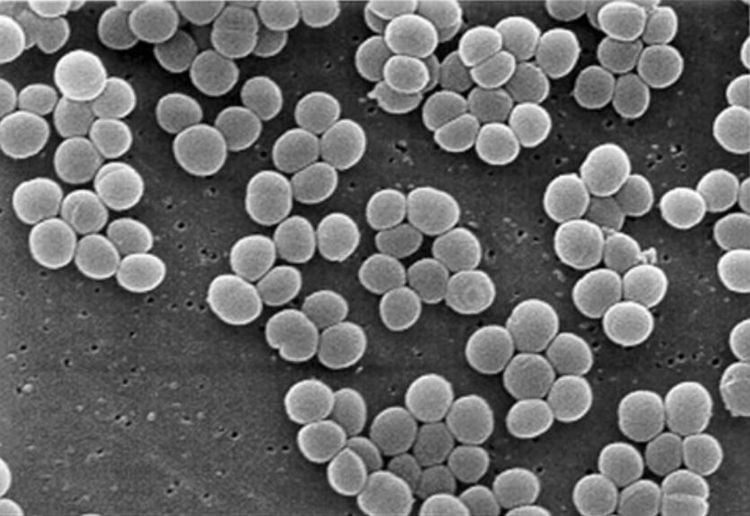
Vi khuẩn staphylococcus aureus
The most common cause of these types of cellulitis is a bacterial infection. Periocular cellulitis is most likely to occur when bacteria that cause an infection (such as staphylococcus or streptococcus) is introduced into the eyelid by a scratch or bite around the eye.
The bacteria commonly involved are:
Staphylococcus aureus Streptococcus pyogenes Haemophilus influenzae Bacteria enter the eye and surrounding cavities in a variety of ways. The two most common ways of getting an infection into the eye include:
Trauma: Direct trauma to the eye can lead to a bacterial infection. Spread from other areas: Most commonly, the infection begins in the sinuses. The sinuses are cavities, or air-filled sacs, near the nasal passages. Other causes of periorbital cellulitis:
Eye styes, conjunctivitis or vesicles, can cause or worsen the disease. A minor injury (or surgery) to the eye. Another infection, such as sinusitis or an upper respiratory infection, moves to the eye.
3. What are the symptoms of periorbital cellulitis?

Xét nghiệm máu có thể cho biết vi khuẩn nào đang gây nhiễm trùng cho trẻ
If you notice any of these typical symptoms in your child, call your doctor right away:
Redness around the eyes or in the whites of the eyes Swelling of the eyelids, whites of the eyes or the area around the eyes body is tender and your child may or may not have a fever. Periorbital cellulitis does not usually cause vision problems or eye pain, although there may be some discomfort.
The ophthalmologist will examine your child's eyes, nose and face. Your child may need the following additional diagnostic tests:
Vision test, checking your child's vision, eye movements, and intraocular pressure. A neurological exam, or neurological exam, can show a child's brain function. The doctor will check how the person's pupils respond to light. Your child's strength, balance, and other brain functions may also be tested. Blood tests can show which bacteria is causing your child's infection. A sample of fluid from the surface of the child's eye can show the cause of the infection. A CT or MRI scan may show a foreign body, swelling, abscess, or rupture (tearing). If the child can be used contrast solution to help images show better. Tell your healthcare provider if your child has ever had an allergic reaction to contrast. Don't let your child enter the MRI room with anything made of metal. Metal can cause serious injury. Tell the healthcare provider if your child has any metals in or on their body.
4. How is periorbital cellulitis assessed and treated?
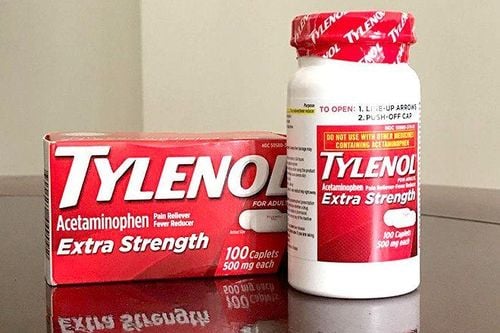
Thuốc acetaminophen làm giảm đau và sốt
The doctor will examine your child's eyes. If the diagnosis is periorbital cellulitis, don't worry - the condition is easily treatable with medication and a few follow-up visits with your doctor. (Infants under 12 months of age may need special evaluation for infection and short-term hospital treatment.)
Your doctor may give your baby antibiotics, or may even have to use an injectable dose of antibiotic. Progress will be closely monitored to make sure the medication is working: You will most likely be asked to schedule an appointment for your child's care in the next day or two, depending on the severity of the case. .
A follow-up visit may also be scheduled a week or two later, by which time the infection should be gone. Cellulitis may clear up within 48 hours.
Even if your child's symptoms start to go away, make sure your child completes the full course of antibiotics to make sure the infection doesn't reappear. In the meantime, your doctor may recommend acetaminophen or (if your baby is 6 months old or older) ibuprofen for pain and fever.
Acetaminophen relieves pain and fever. It is available without a doctor's prescription. You should consult your doctor about the amount and dosage of the drug before using it for children. Follow your doctor's instructions because an overdose of Acetaminophen can cause liver damage if not taken correctly. NSAIDs, such as ibuprofen, help reduce swelling, pain, and fever. This medication is available with or without a doctor's prescription. NSAIDs can cause stomach bleeding or kidney problems in some people. If your child takes anticoagulants, always ask if NSAIDs are safe for your child. Always read medication labels and follow directions. Do not give these medicines to children younger than 6 months of age without instructions from your child's healthcare provider.
5. Is periorbital cellulitis any possible complications?
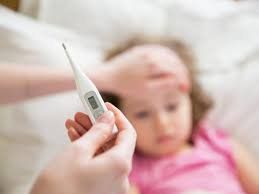
Khi điều trị viêm mô tế bào quanh hốc mắt trẻ bị sốt tiến triển cùng với các triệu chứng khác cần gọi cho bác sĩ ngay
In rare cases, periocular cellulitis progresses to orbital cellulitis, a serious eye condition involving deeper tissues around the eyeball. Unlike periorbital cellulitis, orbital cellulitis is a potentially life- and vision-threatening condition that requires immediate care.
Call your doctor right away if you notice any of these after treating periorbital cellulitis (or at any time):
Eyes become red or swollen Symptoms become worse rather than better Fever progresses with other symptoms Difficult or painful eye movements Eyes appear to bulge or protrude Change in vision If left untreated, orbital cellulitis can cause cause permanent vision problems, meningitis or neurological problems in children. But if you stick to your prescribed treatment and keep your follow-up appointments, this is highly unlikely. Make sure your child is safe and call your doctor if you have any concerns about your child's symptoms.
6. Are there ways to prevent periorbital cellulitis?
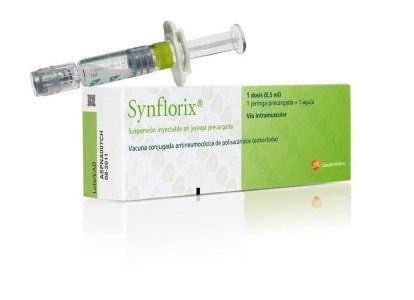
Vắc-xin phế cầu có thể ngăn ngừa vi khuẩn streptococcus pneumoniae
Making sure your child's immunizations are up to date is the most effective strategy.
Previously, Haemophilus influenzae caused many cases of periorbital cellulitis. Thanks to the Hib vaccine, this no longer happens. Another bacteria, Streptococcus pneumoniae, is a common cause that can be prevented with a pneumococcal vaccine.
Also, do not let other infections (such as sinus and oral cavity), as they can spread to the eyes and cause this condition.
When a child shows abnormal signs of health, parents can take the child to Vinmec Health system for timely examination and treatment.
As a key area of Vinmec Health System, Pediatrics Department - Vinmec International General Hospital always brings satisfaction to customers and is highly appreciated by industry experts thanks to the following advantages:
gathers a team of leading doctors and doctors in Pediatrics: including leading experts, with high professional qualifications (professors, associate professors, doctorates, masters), experienced, having worked in different hospitals. big hospitals like Bach Mai, 108.. The doctors are all well-trained, professional, have a heart - reach, understand young psychology. In addition to domestic pediatric specialists, the Department of Pediatrics also has the participation of foreign experts (Japan, Singapore, Australia, USA) who are always pioneers in applying the latest and most effective treatment regimens. . Comprehensive services: In the field of Pediatrics, Vinmec provides a series of continuous medical examination and treatment services from Newborn to Pediatric and Vaccine,... according to international standards to help parents take care of their baby's health from birth to childhood. from birth to adulthood Specialized techniques: Vinmec has successfully deployed many specialized techniques to make the treatment of difficult diseases in Pediatrics more effective: neurosurgery - skull surgery, stem cell transplantation. blood in cancer treatment. Professional care: In addition to understanding children's psychology, Vinmec also pays special attention to the children's play space, helping them to have fun and get used to the hospital's environment, cooperate in treatment, improve the efficiency of medical treatment.
Please dial HOTLINE for more information or register for an appointment HERE. Download MyVinmec app to make appointments faster and to manage your bookings easily.
Reference source: babycenter.com



